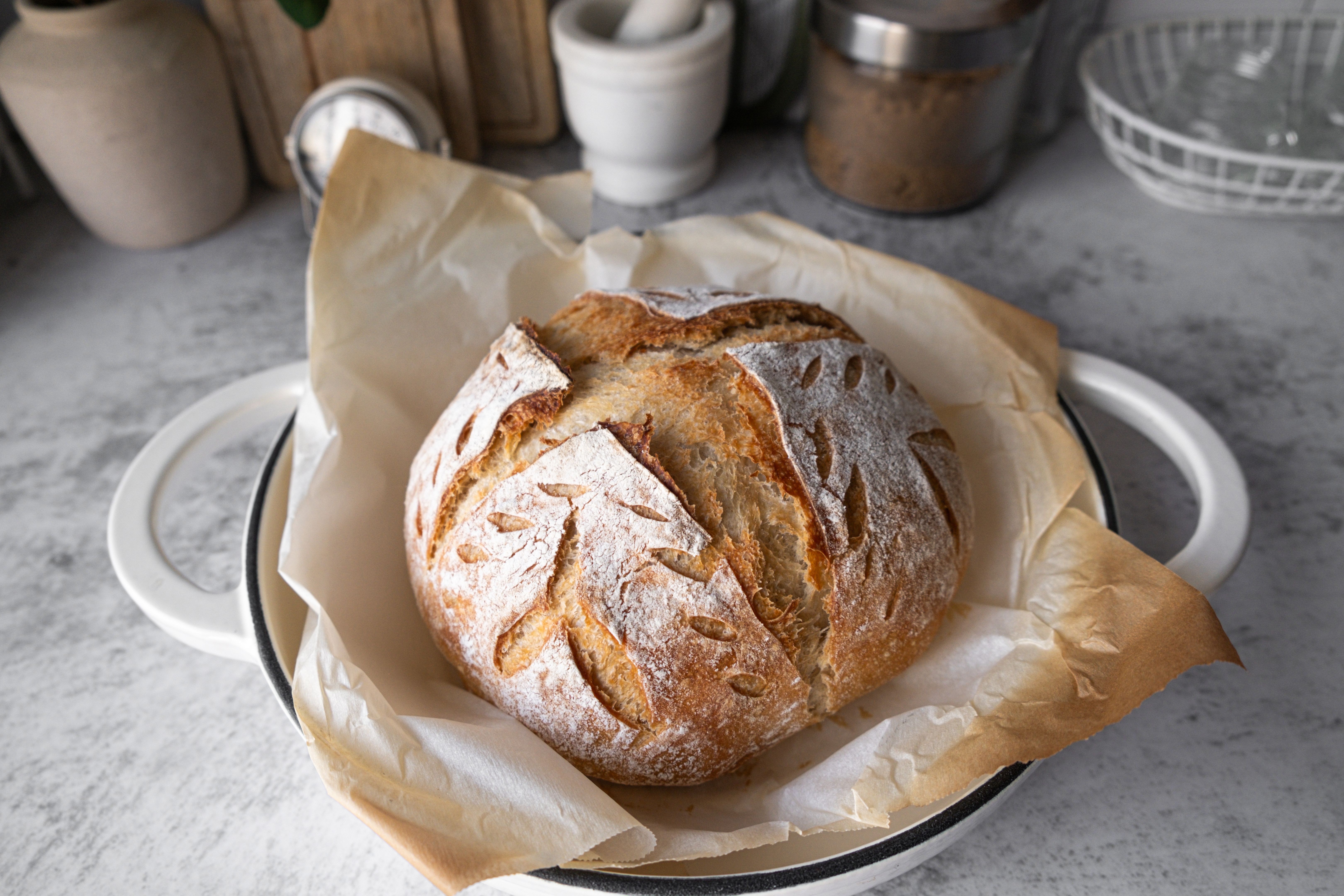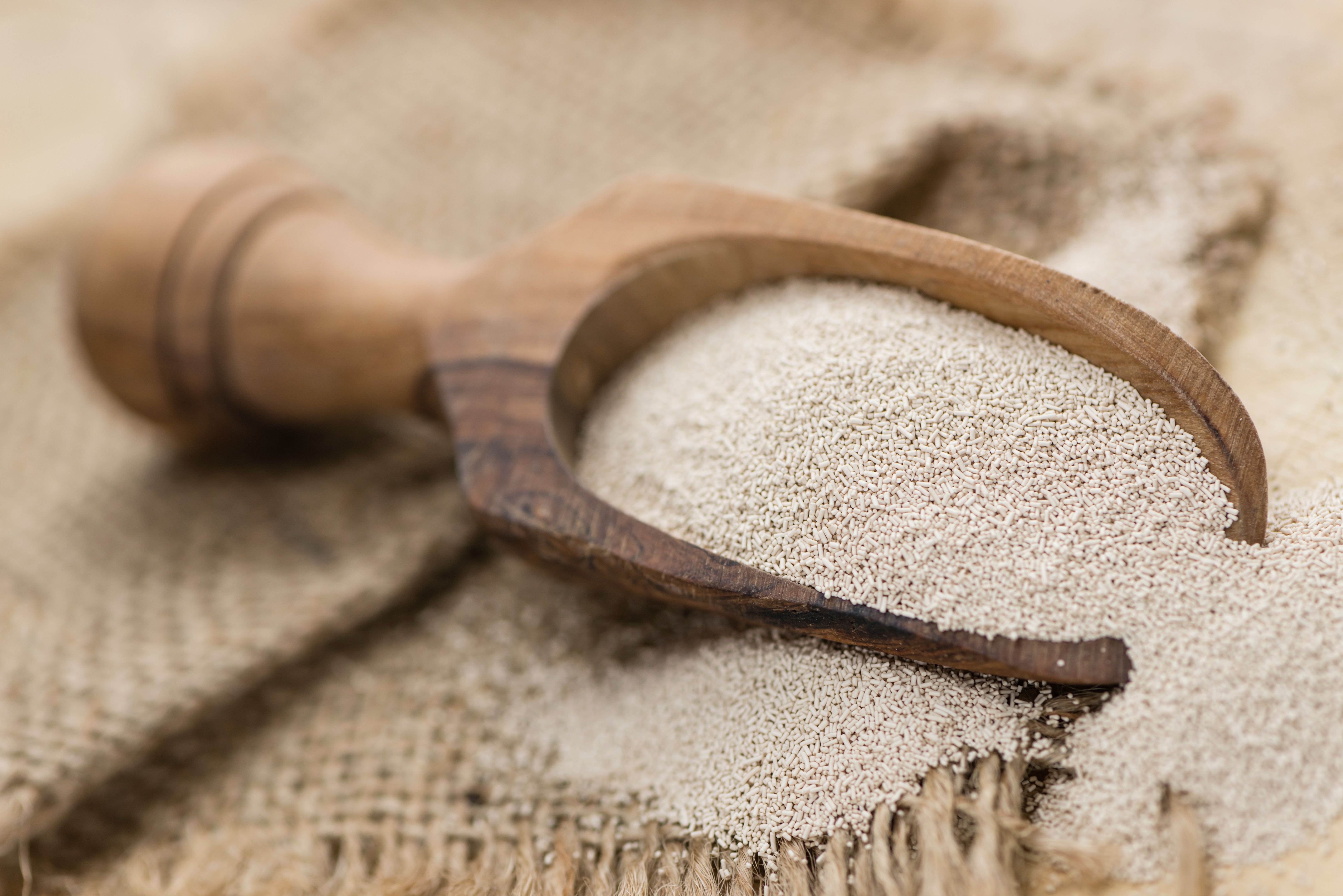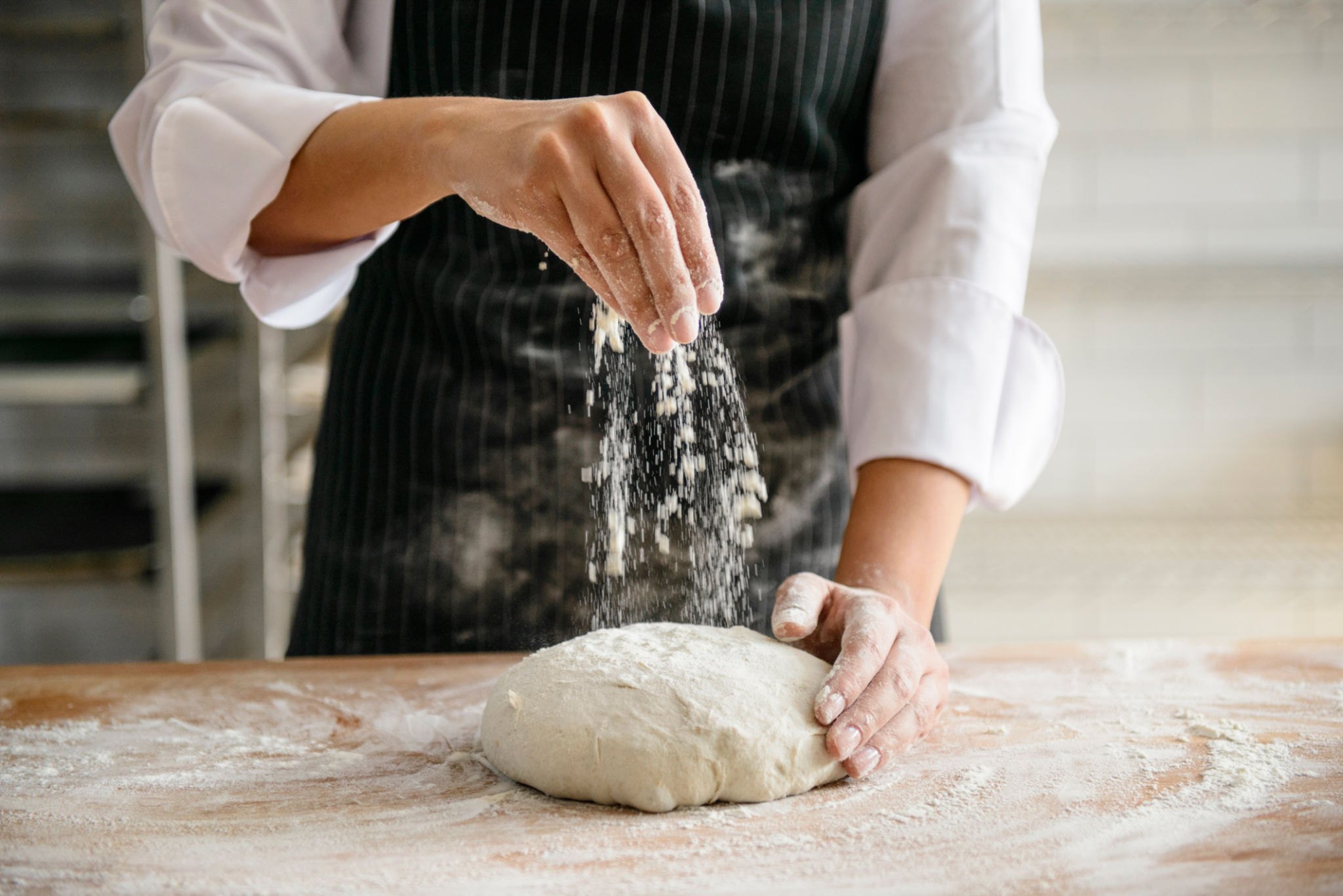The Great Bread Debate: Sourdough vs. Yeast
The Great Bread Debate: Sourdough vs. Yeast
At Bethencourt Bakehouse, I believe in the magic of good bread – the kind that nourishes your body and delights your senses. You might have wondered about the big debate: sourdough versus traditional yeast bread. While both create delicious results, there's more to the story than just the leavening agent. What truly elevates a loaf to greatness often comes down to a few key factors, and surprisingly, it's not always about whether you use a wild starter or commercial yeast.

The Power of Fermentation: Time is Your Friend
The heart of exceptional bread lies in its fermentation process. Commercial yeast works quickly, allowing dough to rise in an hour or two. Sourdough, on the other hand, relies on a symbiotic relationship between wild yeasts and lactic acid bacteria in a natural starter. This means a much slower, more extended fermentation – often many hours, even days.
Why does this matter? Slow fermentation is a game-changer, offering a multitude of benefits:
- Enhanced Digestibility (Breaking Down Gluten): One of the most significant benefits, especially for those with mild gluten sensitivities, is the breakdown of gluten. During slow fermentation, the beneficial microbes produce enzymes that begin to "predigest" the gluten in the flour, breaking down its complex protein structure into simpler components. This makes the bread much easier for your body to process and can significantly improve comfort for many individuals.
- Improved Nutrient Absorption (Reduced Antinutrients): Flour, particularly whole grain varieties, contains compounds called phytates (antinutrients) that can bind to essential minerals like iron, zinc, calcium, and magnesium, making them less available for your body to absorb. Slow fermentation, especially in sourdough, activates an enzyme called phytase. This enzyme breaks down phytates, releasing these trapped minerals and significantly increasing their bioavailability. This means you get more nutritional benefit from each slice!
- Richer, More Complex Flavor Development: This is where the taste truly shines. During the extended fermentation period, yeasts and bacteria consume the sugars in the flour and produce a vast array of organic acids (like lactic and acetic acid), alcohols, and other aromatic compounds. These contribute to the nuanced, tangy, and sometimes nutty flavors that are characteristic of well-fermented bread, creating a deeper, more satisfying taste experience that simply can't be rushed.
- Better Texture and Crumb Structure: The slower rise allows for a more even and robust development of the gluten network. This leads to a more open, airy crumb (the inside of the bread) with larger, more irregular holes, and a pleasing chewiness. It also contributes to a crispier crust, as the longer fermentation can help with the caramelization of sugars during baking.
- Lower Glycemic Impact: Some studies suggest that long-fermented breads, especially sourdough, can have a lower glycemic index (GI). This means they cause a slower and more gradual rise in blood sugar levels compared to rapidly fermented breads, which can be beneficial for blood sugar management.
- Natural Preservation: The organic acids produced during slow fermentation act as natural preservatives. They inhibit the growth of molds and spoilage-causing bacteria, allowing the bread to stay fresh for longer without the need for artificial additives.

Quality Ingredients: The Foundation of Flavor
Beyond the leavening, the quality of your ingredients plays a pivotal role. High-quality, unrefined flour provides more nutrients and a richer base for fermentation. Think about the difference between a highly processed white flour and a freshly milled, whole grain variety – the latter offers a depth of flavor and nutritional value that simply can't be matched. Similarly, good, mineral-rich water isn't just for hydration; it supports the thriving microbial activity that gives sourdough its distinctive character.

Beyond the Label: Homemade vs. Industrial
While sourdough often gets the health halo, it's crucial to remember that not all "sourdough" is created equal. Many store-bought "sourdough" breads use commercial yeast for a faster rise, often alongside a touch of sourdough flavor. The real benefits come from truly long-fermented loaves, regardless of whether they're made with sourdough or traditional yeast.
The critical distinction is between breads made with slow, deliberate processes and those produced industrially with speed as the priority. Artisan bread, whether yeast-leavened or sourdough, often wins because it's made with care, simple ingredients, and ample fermentation time, free from the additives and preservatives common in mass-produced loaves.
Why I Choose my Path at Bethencourt Bakehouse
At Bethencourt Bakehouse, my commitment is to traditional baking methods that prioritize quality, flavor, and your well-being. We embrace the principles of long fermentation and carefully selected ingredients to create breads that are not only delicious but also genuinely nourishing. We believe that true bread craftsmanship lies in understanding and respecting the natural processes that transform flour and water into something truly extraordinary.
So, the next time you enjoy a slice of bread, remember that the real magic isn't just about "yeast vs. sourdough" – it's about the time, care, and quality ingredients that go into every single loaf.
Because You Deserve Real Bread
